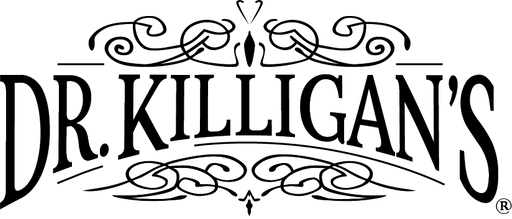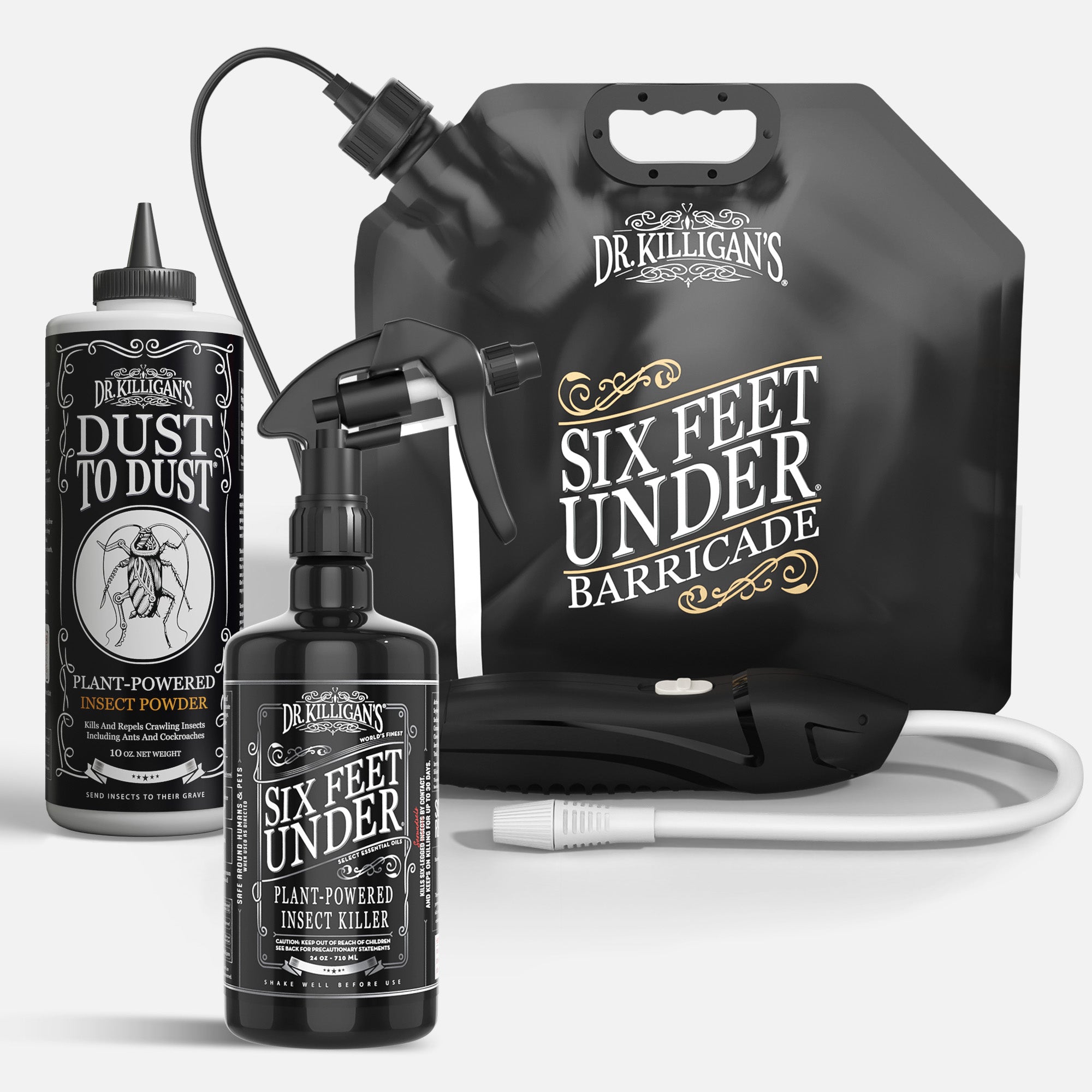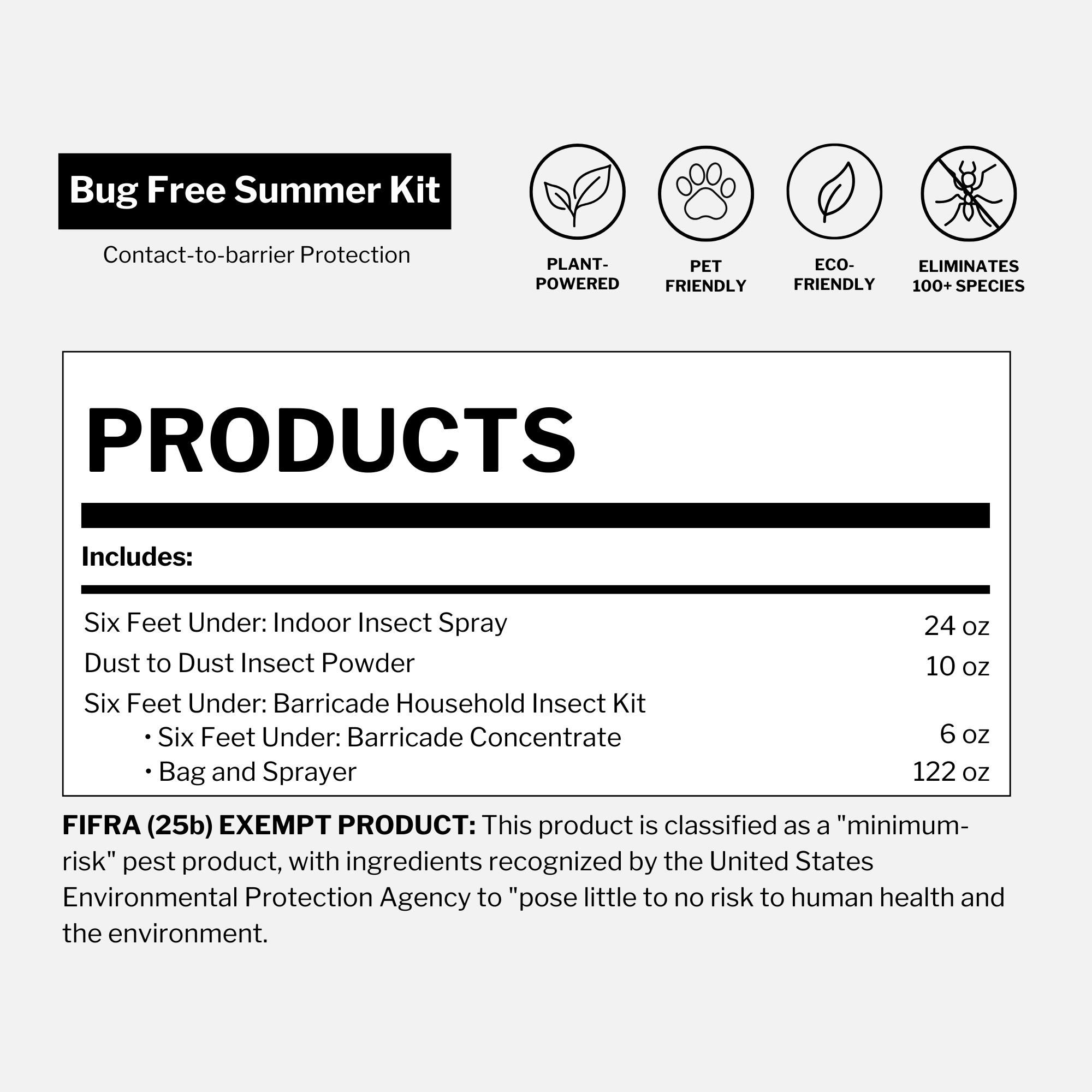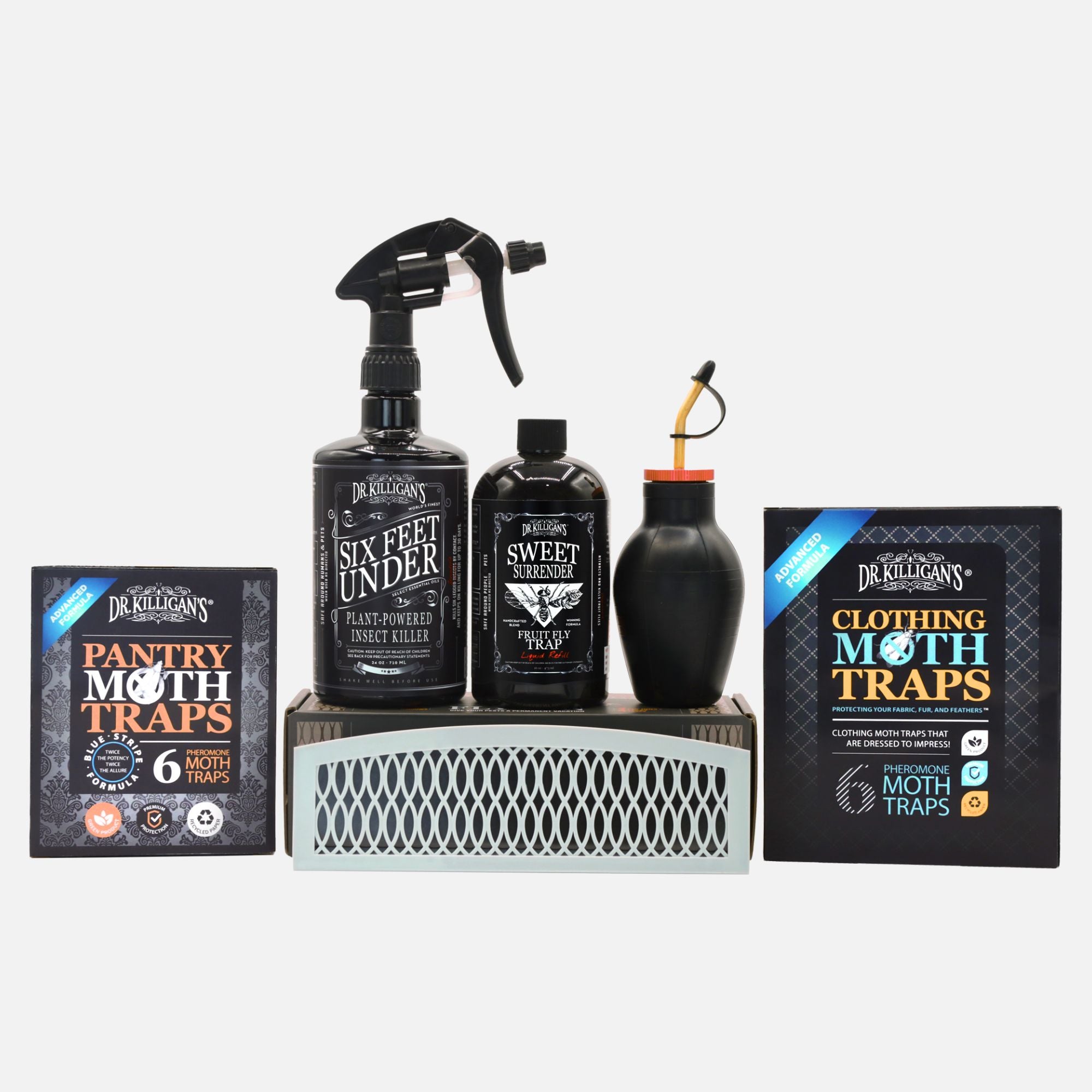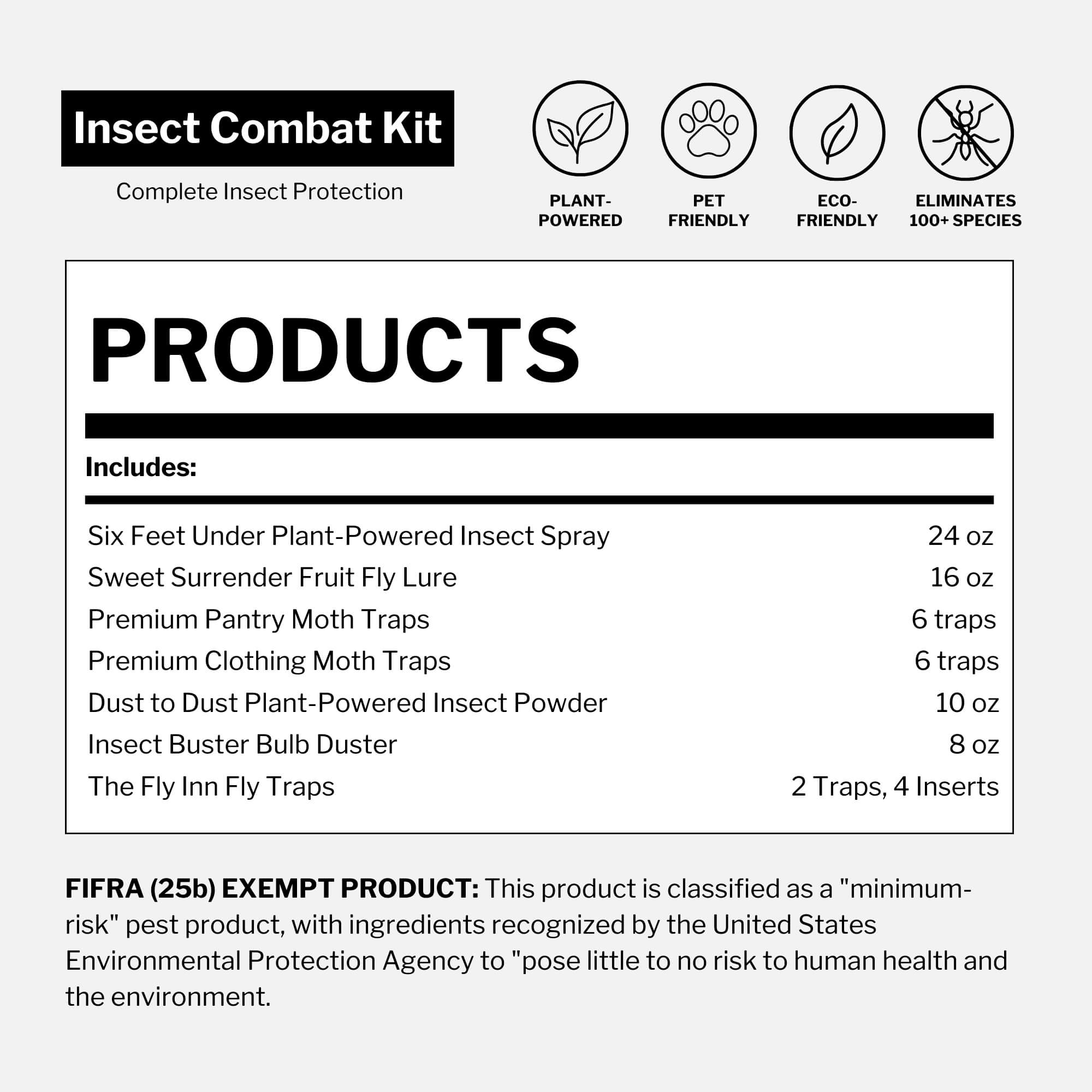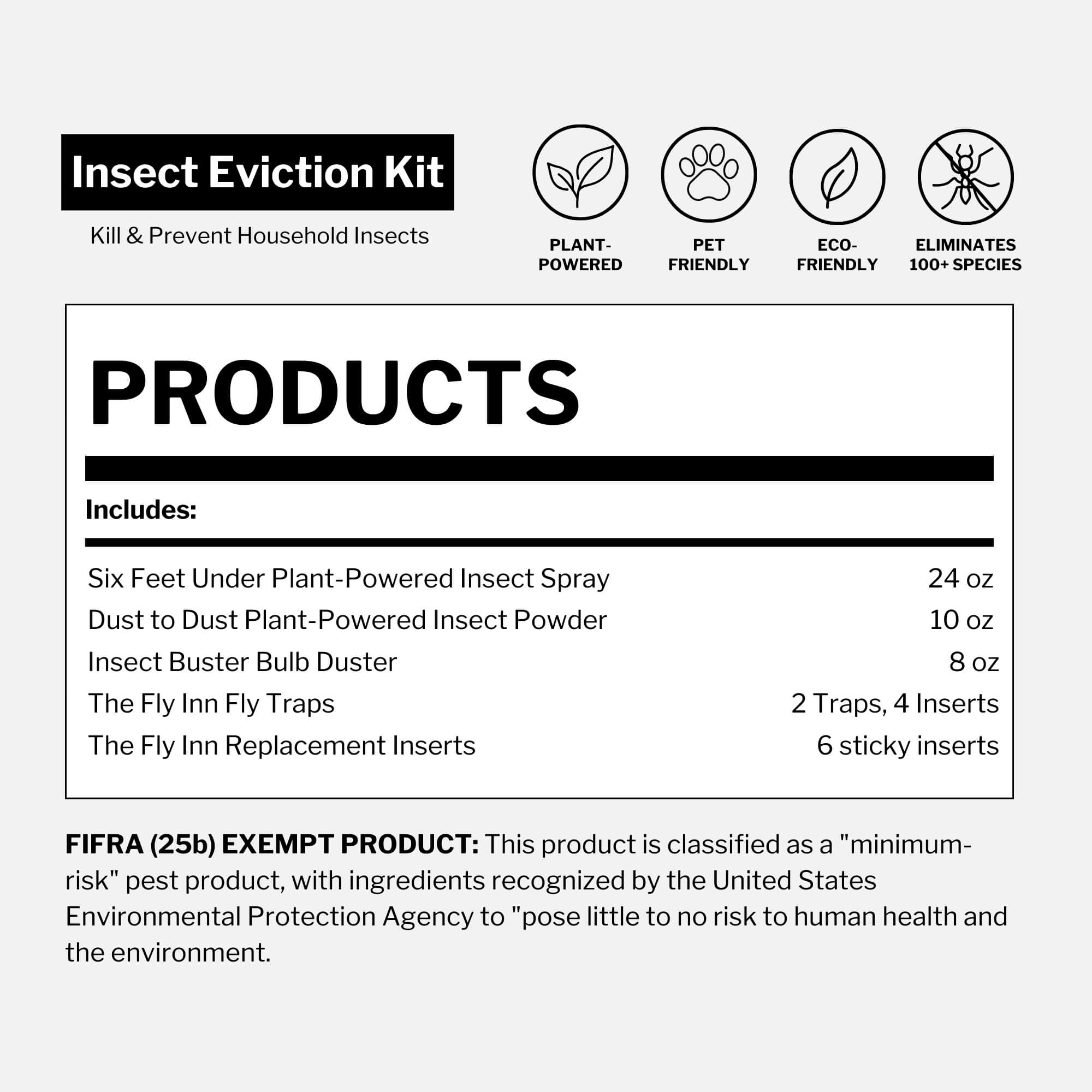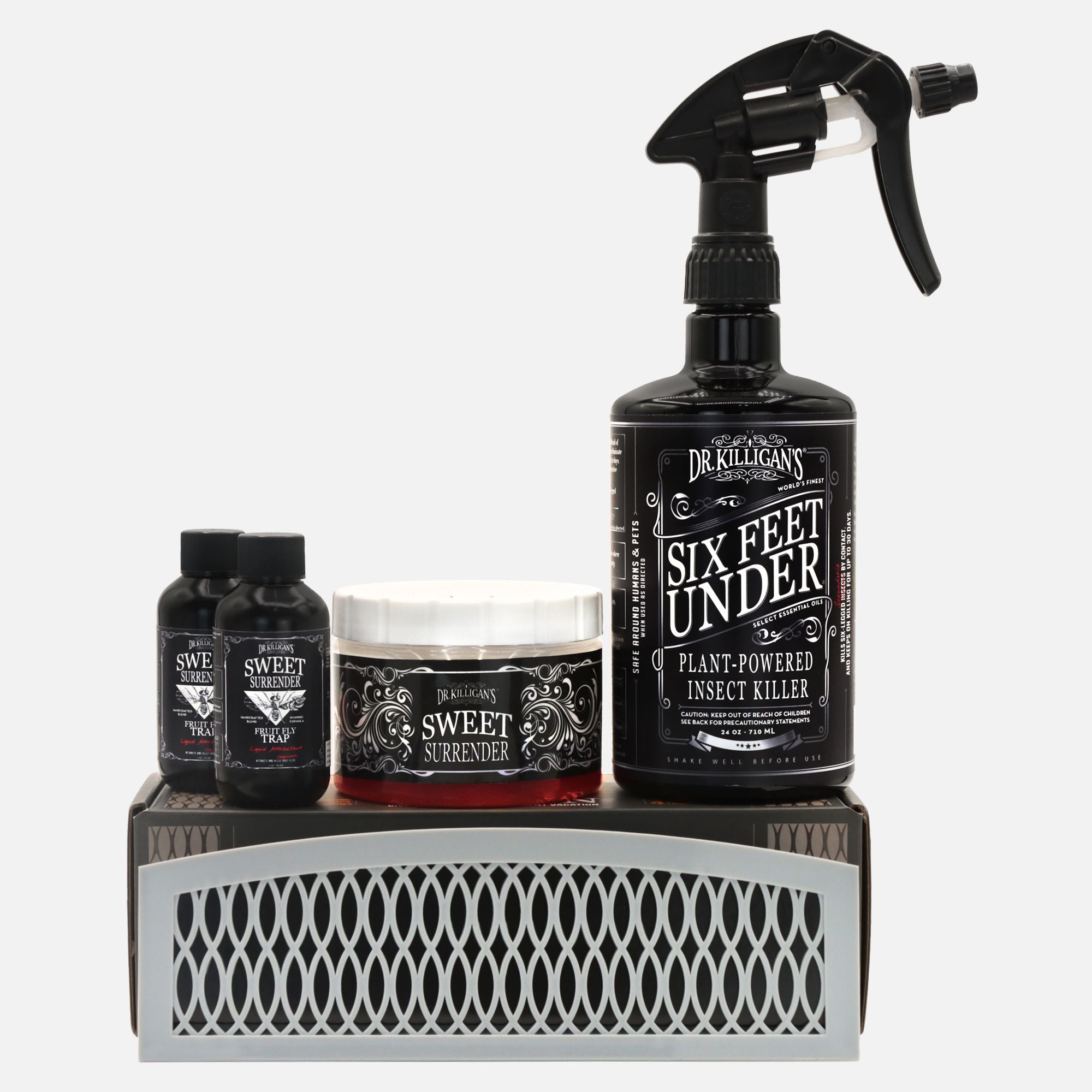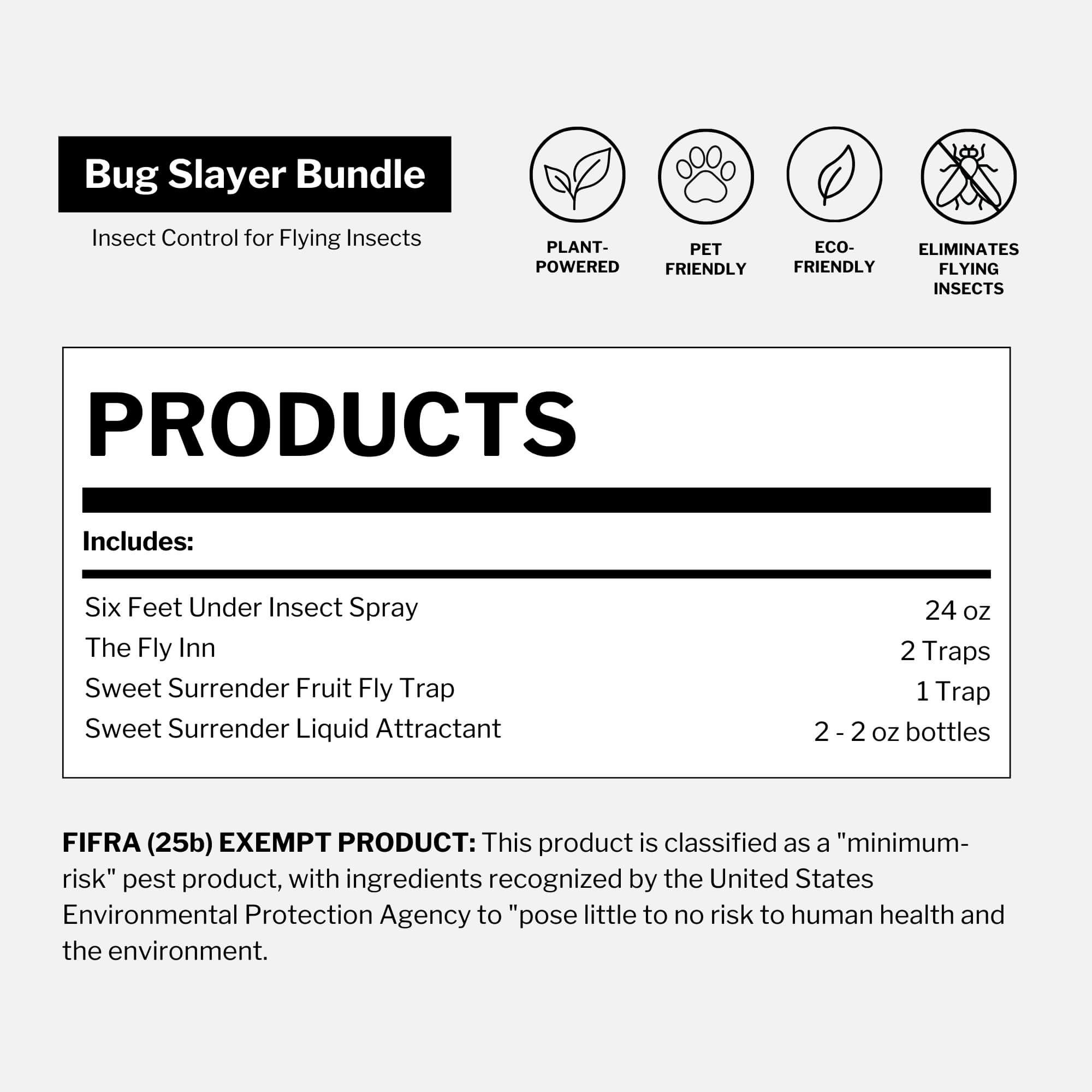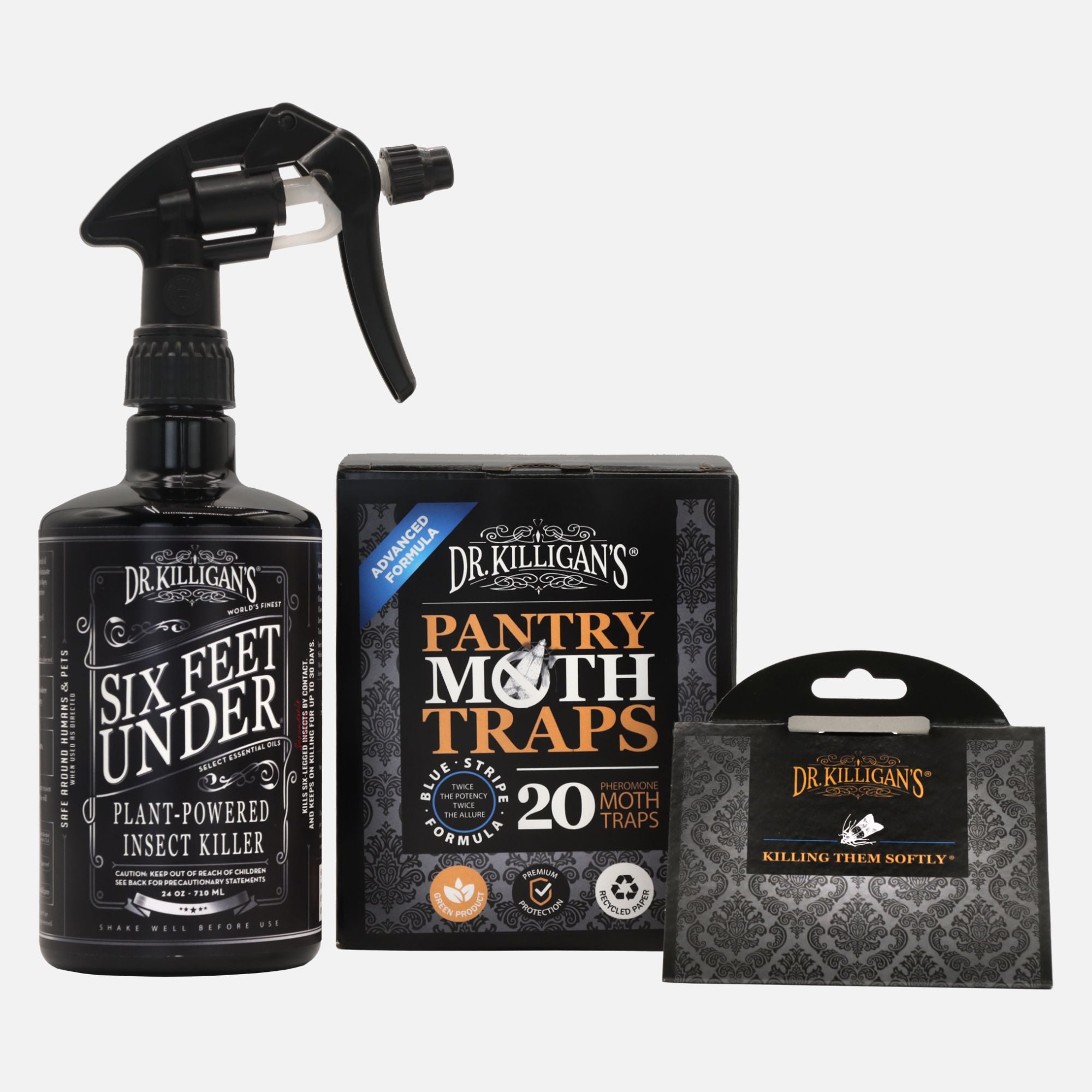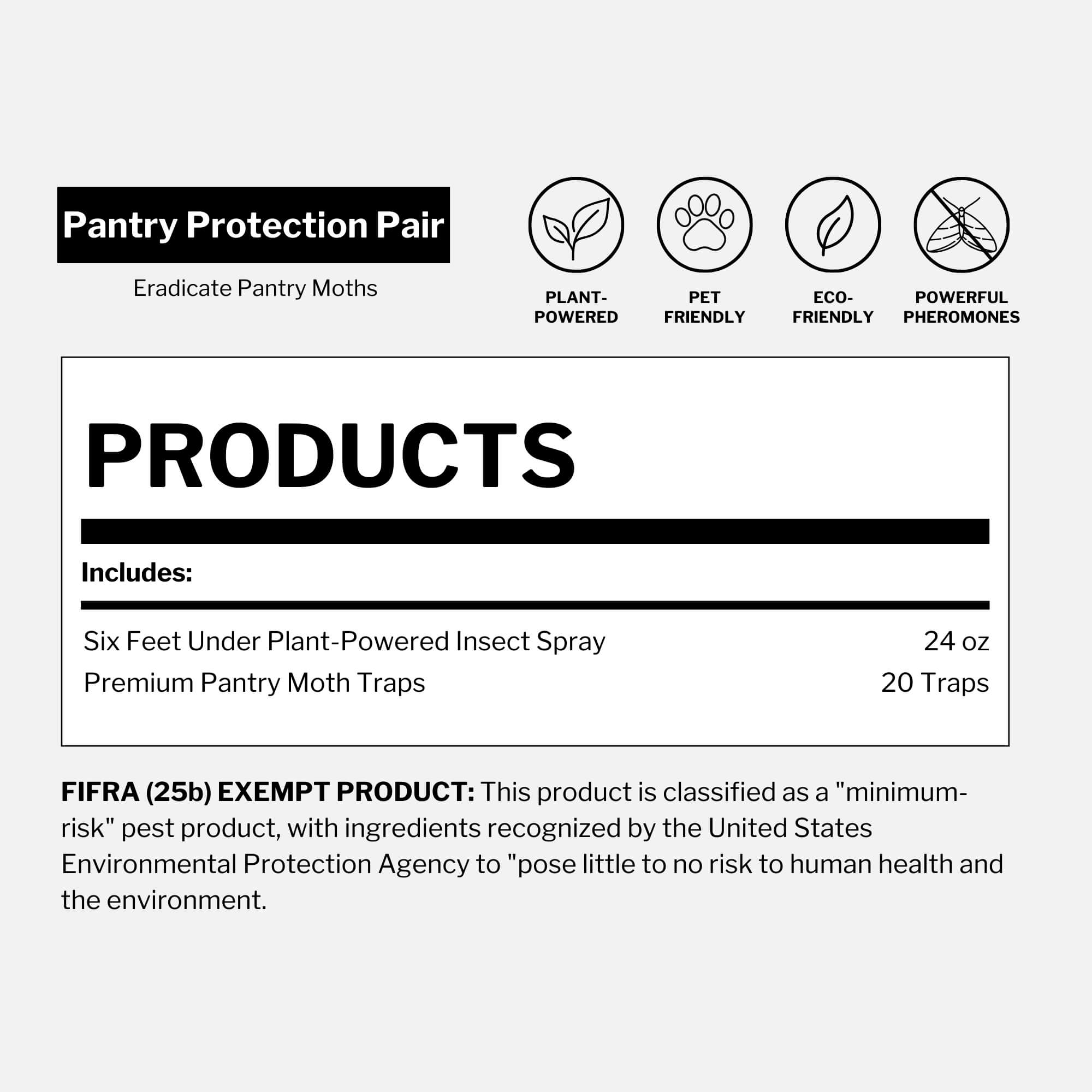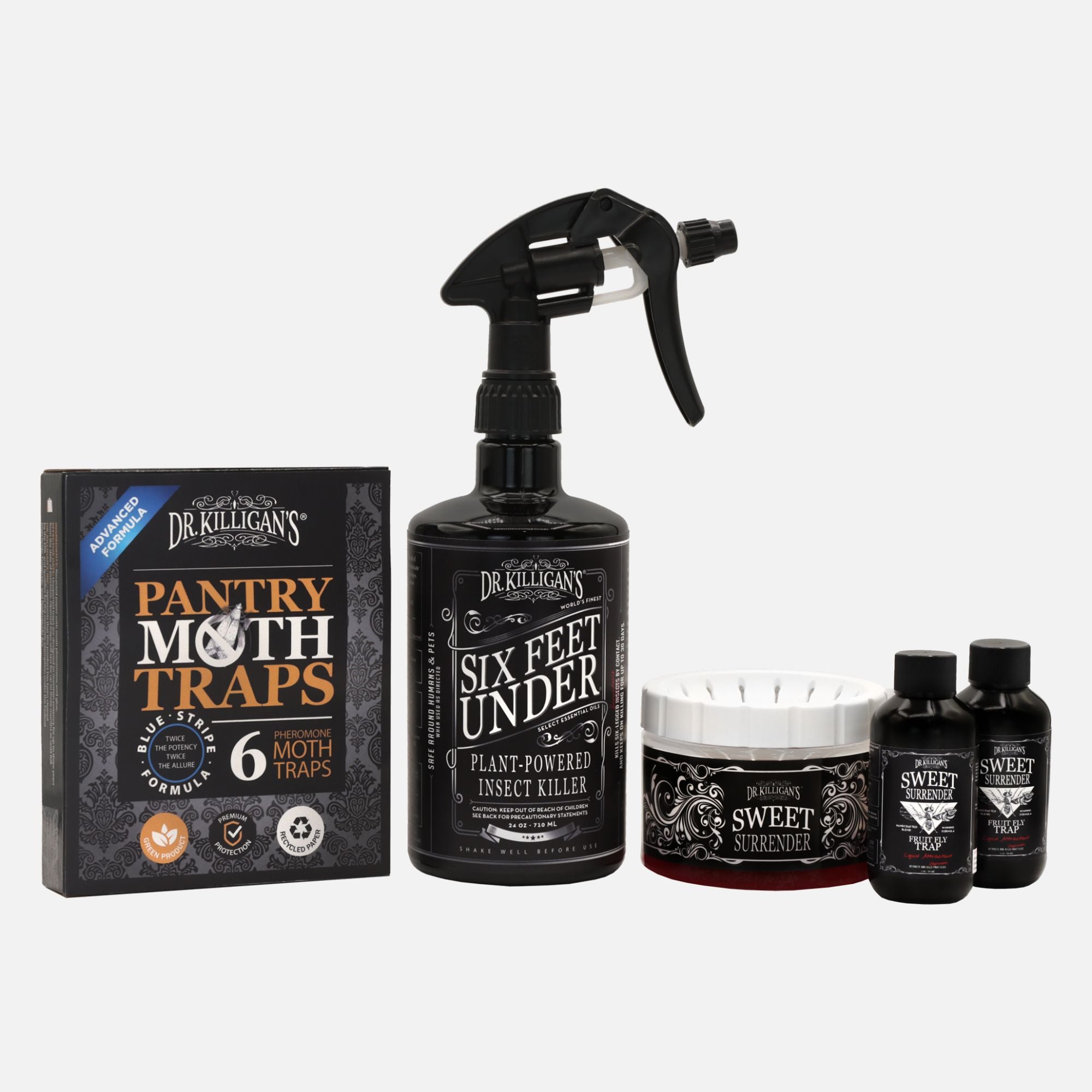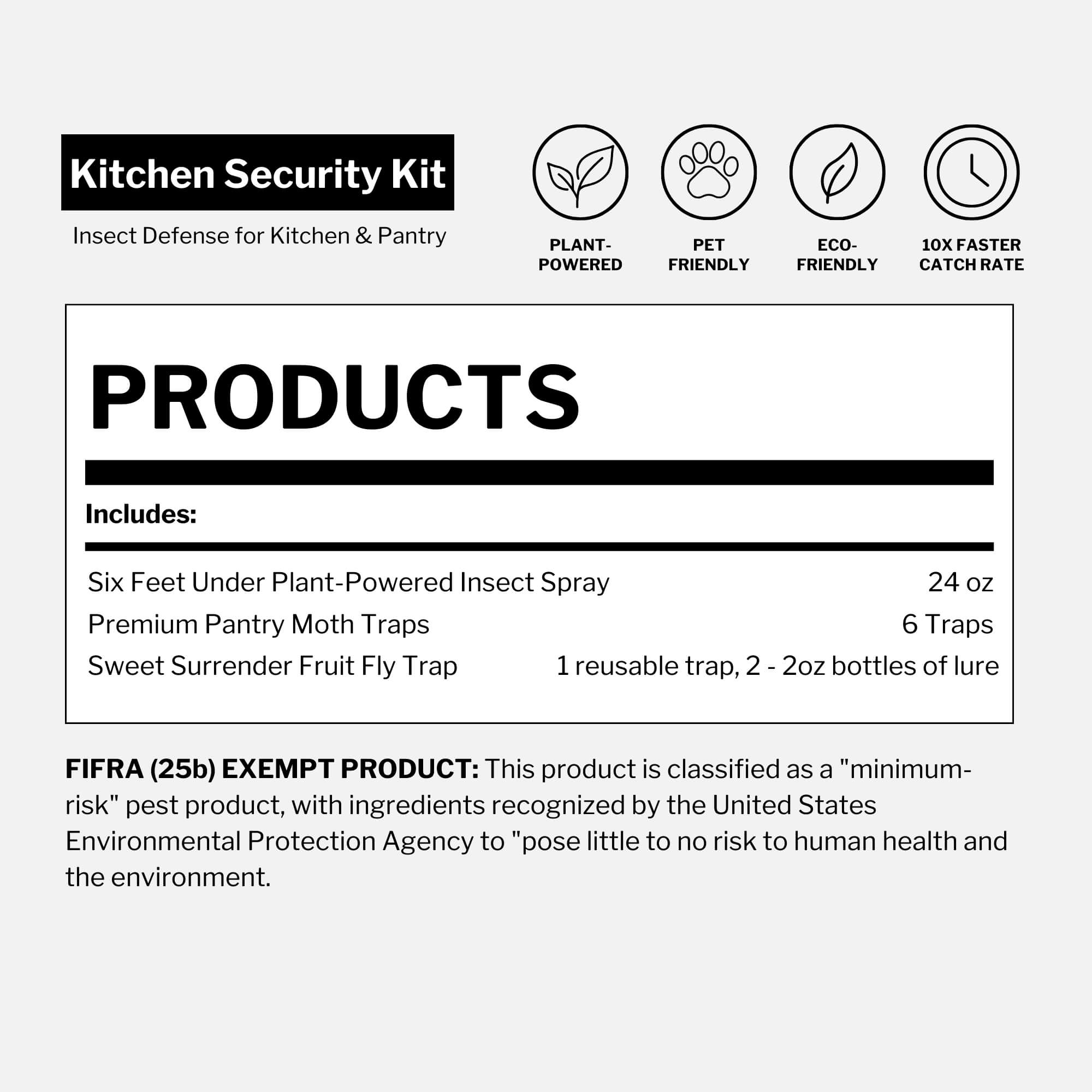Updated on May 8th, 2025
Say goodbye to harsh chemical treatments and hello to safer, smarter pest control—powered by plant-based ingredients and designed with your home and well-being in mind.
Discover minimum-risk pest products designed to protect your home, family and planet. In this guide, I'll explain how eco-conscious pest control works and how to use it effectively.
What are minimum-risk pest products?

Minimum-risk pest products are eco-friendly alternatives to conventional pesticides. Recognized by the EPA under the Federal Insecticide, Fungicide and Rodenticide Act (FIFRA), they’re made with ingredients that "pose a minimal risk to human health and the environment."
To qualify, a product must meet strict EPA guidelines:
- Active ingredients are listed under 40 CFR 152.25(f)(1)
- Inert ingredients are outlined in 40 CFR 180.950
[You can read more in the EPA's guide on Minimum Risk Pesticides.]
Minimum-risk products deliver powerful results using nature's strength. These EPA-recognized solutions rely on naturally derived ingredients—like essential oils—to target pests while avoiding the toxicity, residue and harsh fumes often associated with synthetic treatments. They're tough on bugs but gentle on your home and family.
Key criteria for minimum-risk pesticides
For a product to qualify as minimum-risk under 40 CFR 152.25(f), it must meet these conditions:

- Active ingredients must be from the EPA’s approved list.
- Inert ingredients must include substances like food commodities or certain chemicals.
- All ingredients must be clearly disclosed on the label.
- Products must not claim to control pests posing a direct health threat.
- Labels must prominently display producer information and avoid false claims.
- Products must meet specific Code of Federal Regulations (CFR) criteria to qualify for EPA registration exemption.
Minimum-risk vs. conventional pest control: What’s the difference?
| Feature | Minimum-risk products | Conventional pesticides |
|---|---|---|
| Active ingredients | Plant oils, food-grade substances | Synthetic chemicals (pyrethroids, permethrins, etc.) |
| Resistance risk | Low | High |
| Environmental impact | Biodegradable, low-impact | Harmful to beneficial insects and waterways |
| Pet and child safety | Generally safe when used as directed | Often toxic, requires caution |
Why choose eco-friendly pest control over insecticides?
Minimum-risk pest control products offer a major advantage over conventional pesticides: they help prevent the development of insecticide resistance—a growing concern in pest management.
Insecticide resistance was first documented in 1914 by entomologist A. L. Melander and has since been recorded across multiple pesticide classes, from early compounds like DDT (dichloro-diphenyl-trichloroethane) to modern chemicals like pyrethroids and carbamates. As pests are repeatedly exposed to the same synthetic insecticides, two major things can happen:
- Genetic adaptation: Some insects naturally carry resistance genes. When exposed to insecticides, these survivors reproduce, passing their resistance to the next generation.
- Intensive insecticide use: Frequent use of the same chemical or product type increases the rate at which pests adapt and persist, rendering those treatments less effective over time.
According to USDA research, pests are far less likely to develop resistance to minimum-risk products. These eco-friendly alternatives use plant-based ingredients that act more gently—but still effectively—on insects’ highly sensitive systems. Unlike conventional pesticides, which repeatedly target pests with the same powerful chemicals and encourage only the strongest to survive and reproduce, minimum-risk products reduce this survival pressure—helping preserve their effectiveness over time.

By switching to minimum-risk options, you can:
- Reduce reliance on conventional insecticides that may lose their power as resistance builds
- Avoid contributing to the growing issue of resistant pest populations
- Support a safer, more sustainable approach to pest control for your home and the environment
These naturally derived products strike the right balance between performance and peace of mind—making them a smart, long-term solution for eco-conscious households.
Ensuring family safety with minimum-risk products
The concept of safety in pest control is multifaceted. It includes both immediate and long-term considerations. When someone asks if a pest control product is safe, they’re often seeking reassurance on multiple levels:

- Is it safe for my family? Yes, our minimum-risk pest control products are designed with ingredients that pose minimal risk to human health, making them a safer option for households when used as directed.
- Is it safe for my pets? Absolutely. These products avoid harsh chemicals like pyrethrins and pyrethroids, ensuring they are safe for pets when used as directed.
- What about its environmental impact? Minimum-risk products are eco-friendly, biodegradable and formulated to reduce environmental harm, aligning with Dr. Killigan's mission of balancing effective pest control with environmental stewardship.
At Dr. Killigan's, we don’t rely on vague reassurances. We believe in transparency—clearly explaining how our products work, what’s in them and how they affect your family, pets and the planet.
Picking the right Dr. Killigan’s product
Finding the right tool for the job is key:
- Pantry Moth Traps are designed to target pantry pests like Indian meal moths and almond moths.
- Clothing Moth Traps use a double-potent pheromone formula to protect fabrics like wool and silk.
- Six Feet Under Plant-Powered Insect Spray delivers a fast kill-on-contact solution with eco-friendly ingredients.
- Dust to Dust Plant-Powered Insect Powder effectively penetrates insect exoskeletons, dehydrating and eliminating them.
- Sweet Surrender Fruit Fly Trap combines vinegar, sucrose and citrus to lure and trap fruit flies.
- The Fly Inn Fly Trap uses natural light to attract and trap house flies near windows and doors.
- Cedar Planks naturally repel moths with the power of aromatic cedar oils.
- Six Feet Under Barricade Household Insect Kit is the world's most effective eco-insecticide for long-lasting protection.
These products are designed to enhance pest control when paired with physical barriers and repellents—and because they’re free from pyrethrins, permethrins, pyrethroids and other harsh chemicals, they’re also friendly to people, pets and even plants whenever possible.
To explore our full line of eco-friendly pest control solutions, visit Drkilligans.com.

The benefits of minimum-risk pest control
Choosing minimum-risk pest products goes beyond effective pest control; it represents a commitment to a sustainable and responsible way of living. Embrace these solutions with their natural ingredients and lower risk profiles for peace of mind and harmonious coexistence with our environment.
Join me, Dr. Killigan, on this journey towards healthier homes and a healthier planet. Start your journey today and experience the impact of minimum-risk products. With informed choices and the right strategies, they become invaluable allies in maintaining safe and serene living spaces. Wishing you a healthy, happy and pest-free home.
